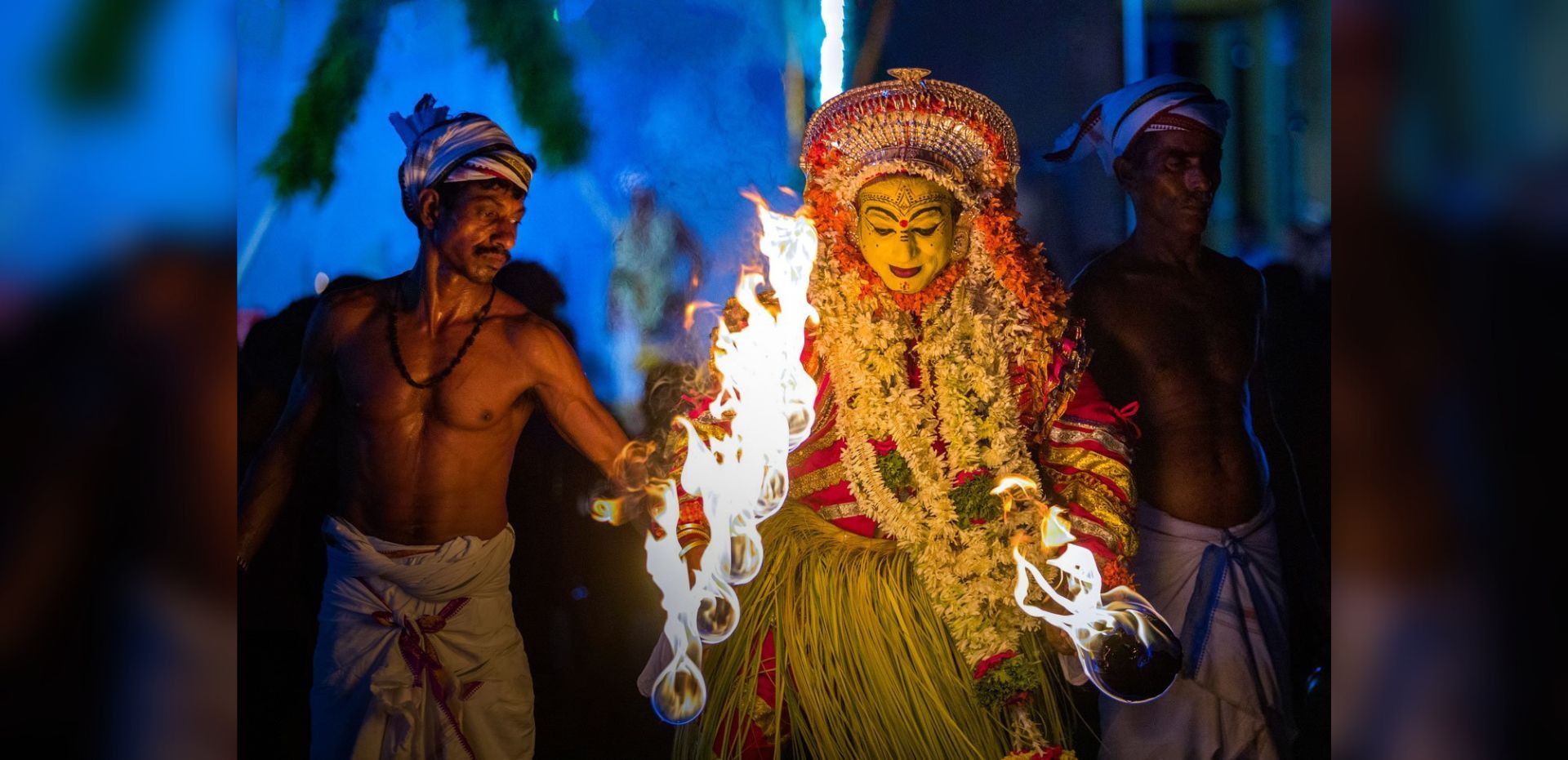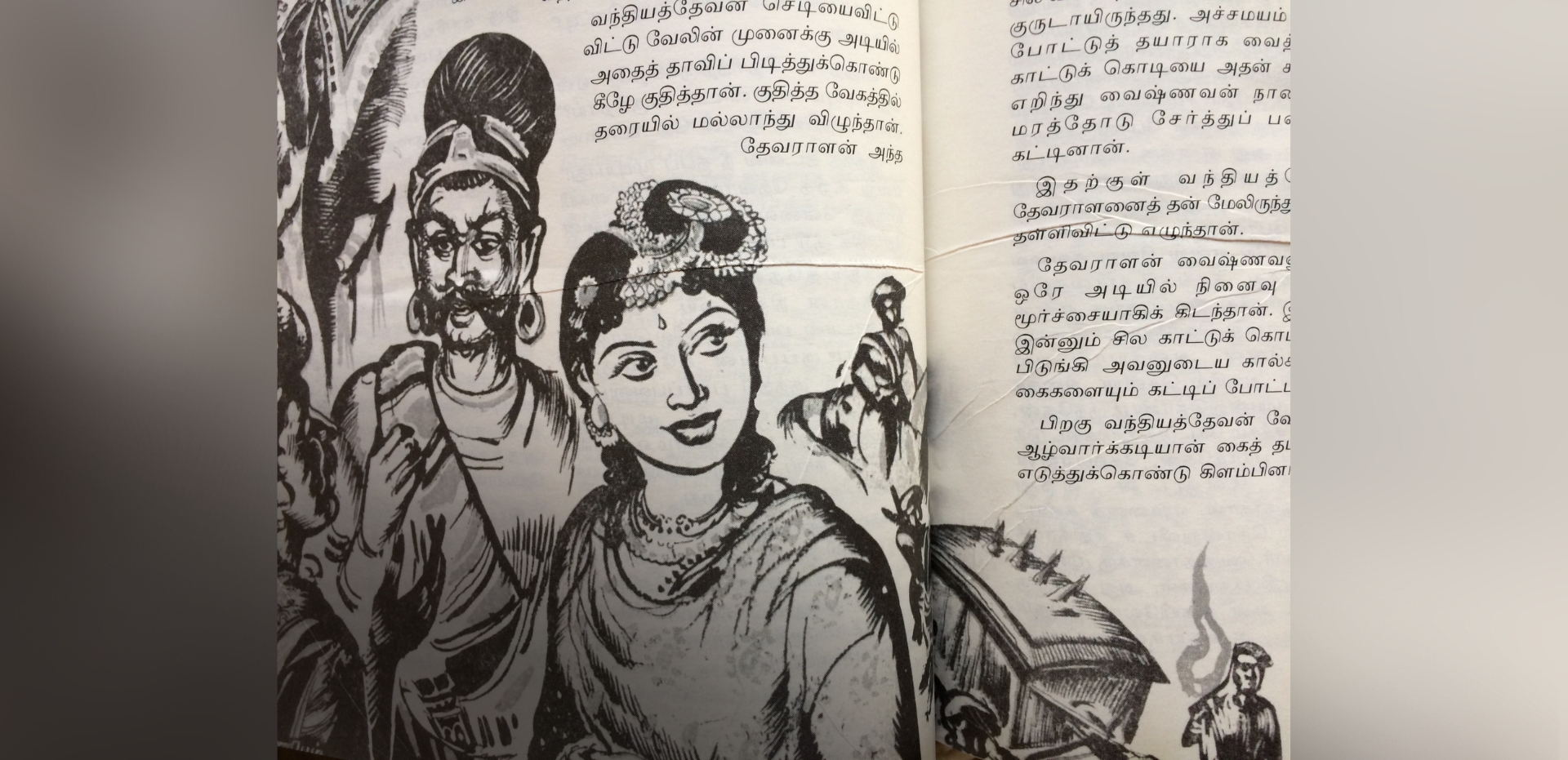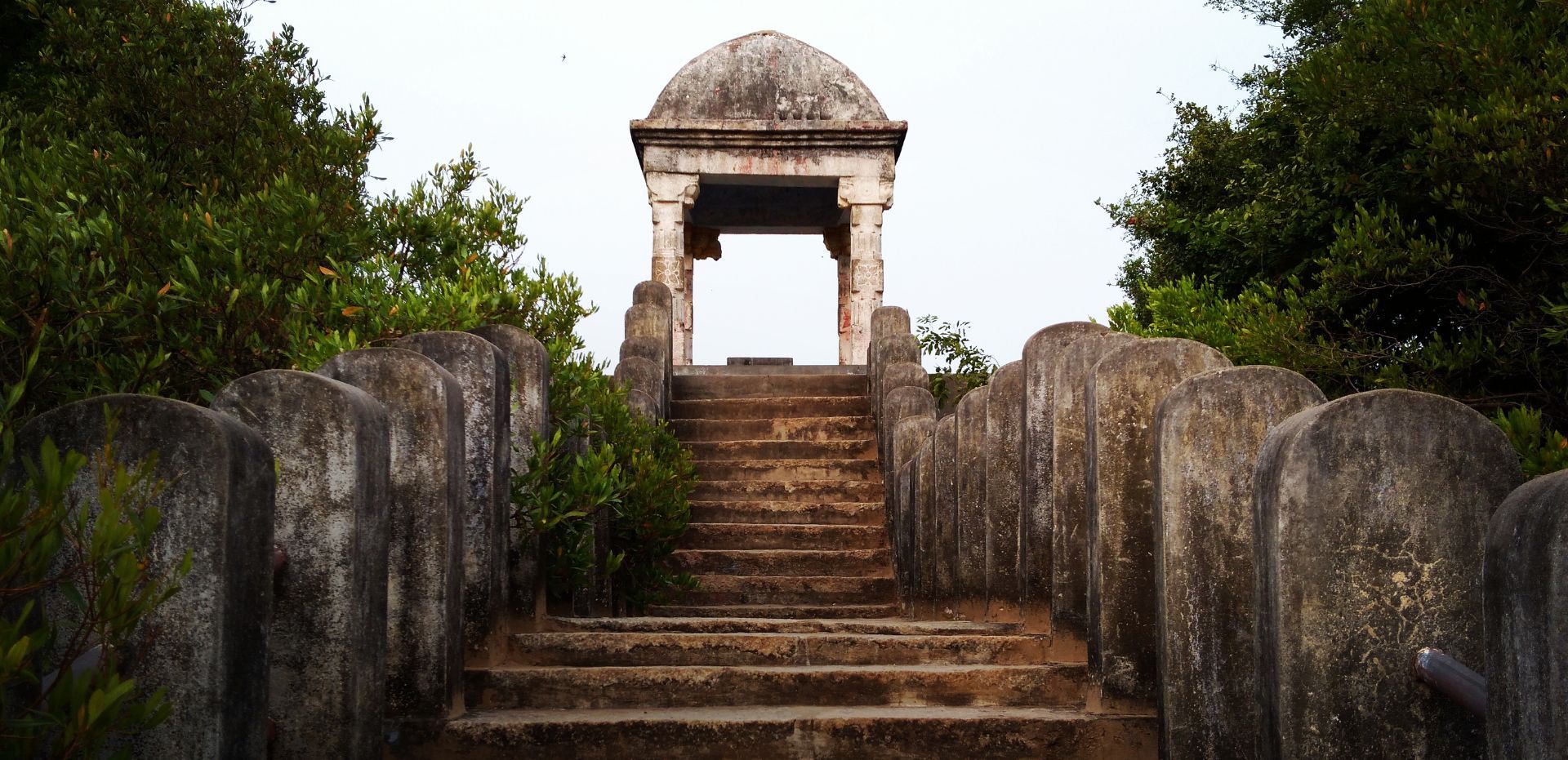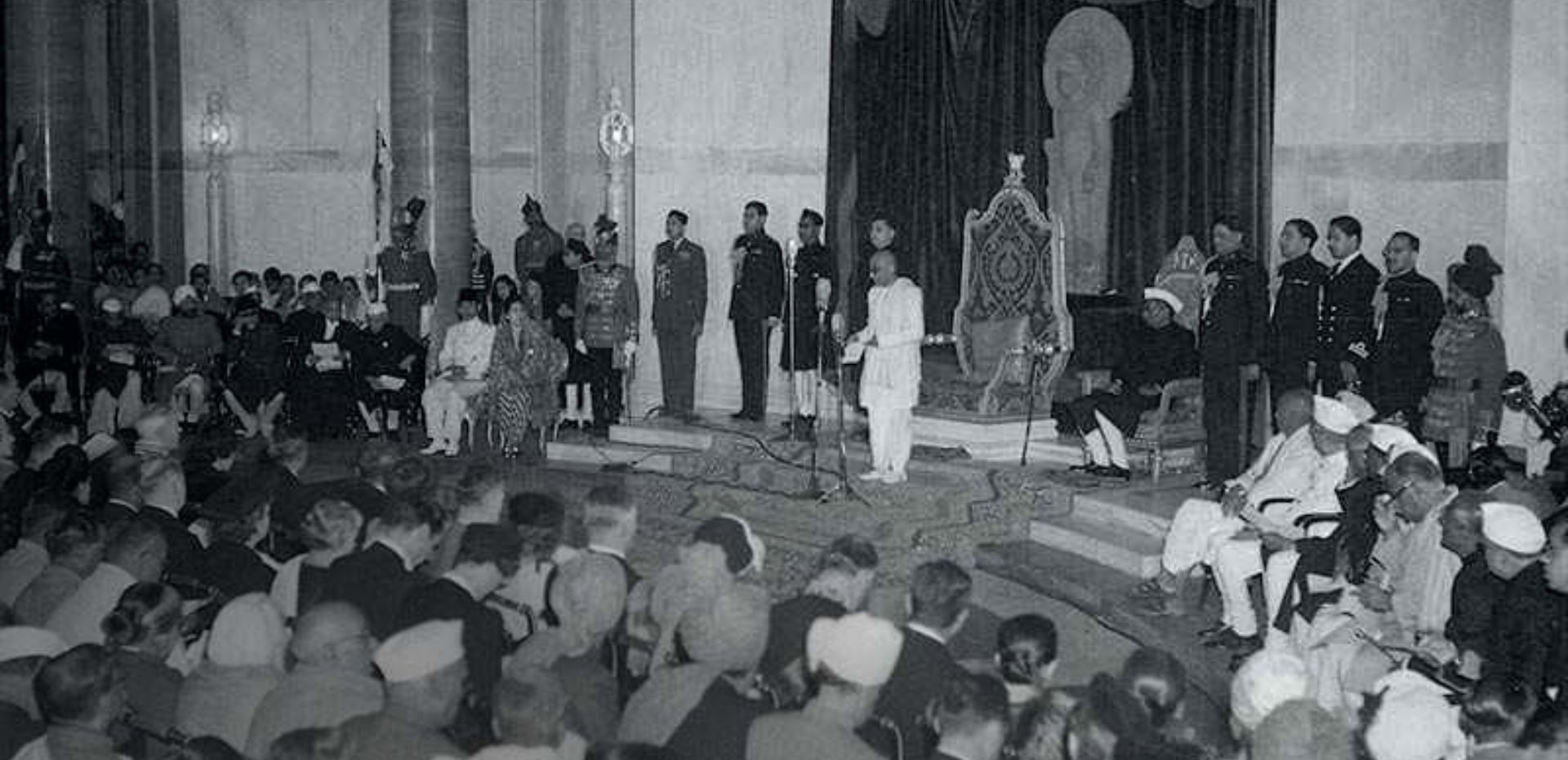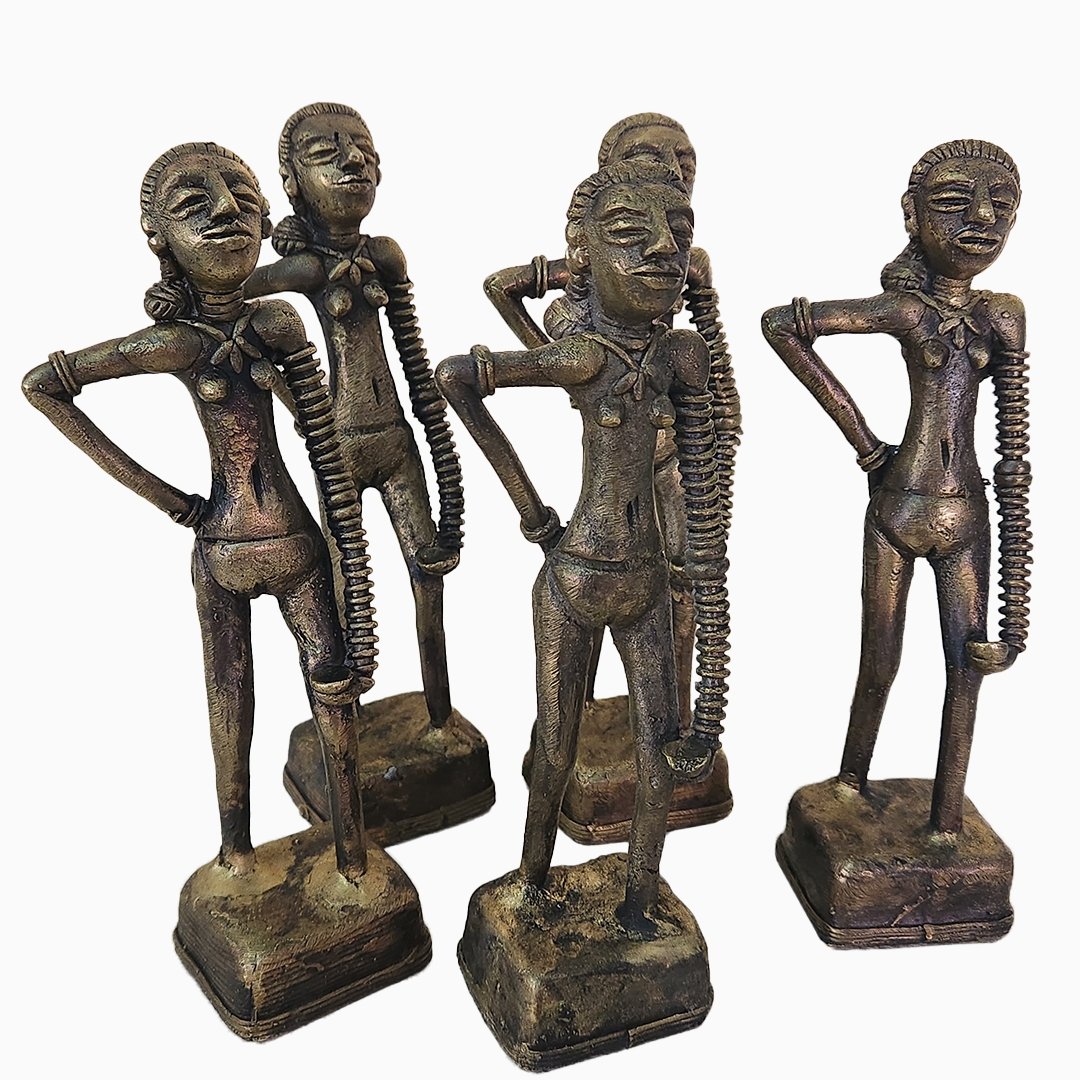Bhadralok Sena: How Bengali Elites Shaped Hindutva in 19th century
BOOKMARK
Nineteenth-century Bengal is often equated with the rise of education, ideas, enlightenment and empowerment. Some call it the Bengal Renaissance. Born of a calculated push of the Calcutta Presidency, the names that emerged in this era are legendary: among them the reformist Ram Mohan Roy, who founded the Brahmo Samaj; Ishawar Chandra Bandyopadhyay--better known as ‘Vidyasagar’; the writer Michael Madhusudan Dutt; the scientist Jagadish Chandra Bose; the spiritual leader Narendranath Datta - Swami Vivekananda; and a clutch of brilliant Tagores.
But embedded in this was a pushback of anti-West conservatism and a harking back to Hinduism that formed the core of a parallel, exclusionary nationalism. This group, also of the Bengali elite, came to encourage and interpret Hinduism that later emerged as ‘Hindutva’ with eminent people like the writer Bankim Chandra Chattopadhyay being seen as its intellectual patron. This has endured, shaped the Partition discourse, and continues to shape the rough political discourse of millennial Bengal. This is that story:
At the end of the 1820s, the orthodoxy of the Bengali bhadralok - the popular nomenclature for the English-educated and cultured, mostly upper-caste, wealthy Hindu Bengalis - faced a double-blow with the emergence of the rationalist radicals of Young Bengal and the reformist spiritual movement of the Brahmo Samaj. In response, Hindu orthodoxy gathered under the banner of the ‘Dharma Sabha’ in 1831. This was the beginning of orthodox Hindu consolidation in modern India.
More than five centuries after Bengal came under Islamic rule (in 1204), two decisions of the British East India Company paved the decline of the Muslim aristocracy and the rise of a new middle class, predominantly Hindu. First, with the establishment of the Supreme Court of Judicature at Fort William, Calcutta, in 1774, the English started replacing Persian and Urdu as the official language. This threw many Muslim elites out of jobs, while a section of the Hindu elites started showing an interest in English education. The second was the Permanent Settlement of 1793, which, according to William Hunter, dealt the decisive blow to the Muslim aristocracy and gave rise to a new middle-class that was predominantly Hindu. Bengal’s elite Hindu society had been undergoing a transformation over the previous four decades—gaining in western education and wealth. Kolkata had become a hub of this elite.
The bhadralok, who would influence Bengal’s society, culture and polity over the next two centuries, emerged from this aspirational mix. The Bhadralok participated in the so-called Bengal Renaissance that laid the foundation of modern India. It is chiefly because of the bhadralok that Kolkata, and Bengal, became known as the citadels of liberal social and religious practices.
Nevertheless, in the 19th century, a new strain emerged among the bhadralok, who pushed back against what they saw as West-inspired liberalism that attacked the command and control structure of a strident male-dominated Bengali Hindu society. This pushback over time morphed into what came to be known as ‘Hindutva’ - its first use in 1892 attributed to the conservative writer Chandranath Basu--which the Rashtriya Swayamsevak Sangh describes as ‘Hindu cultural nationalism’—a dominant component of contemporary Indian politics which has since 2000 experienced a rebirth in West Bengal. In 2018, while delivering a speech on the Bengali novelist Bankim Chandra Chattopadhyay in Kolkata, Amit Shah, the Bharatiya Janata Party (BJP)’s president had said, “Our nationalism is cultural nationalism and Bankim Chandra is the fountainhead.”
Hindu nationalism or Hindu cultural nationalism, was born as a direct reaction to the Renaissance. Ironically, the two people most responsible for triggering this orthodox backlash are ‘Raja’ Ram Mohan Roy, a social reformer, philosopher and writer often described as ‘the father of modern India’, and Henry Louis Vivian Derozio, a rationalist of Portuguese ancestry who lived a short, eventful life.
Roy’s campaign seeking the abolition of the practice of Sati and the questioning of idolatry had begun to stir Hindu society from the beginning of the 1820s. He kept pressing Company authorities for a ‘liberal education’, including in modern sciences, instead of reviving Sanskrit-based education, and also to ensure women’s rights in property. In 1826, after the 17-year-old Derozio was appointed lecturer in English and history
at Hindu College (established in 1817, and which later became Presidency College), Hindu elites faced an additional crisis. To them, Derozio with his insistent campaign for social change posed a very real threat. His young acolytes in Hindu College, according to the academician Sajni Kripalani Mukherjee, adopted two “precepts” considered dangerous by conservatives. The first was: “He who will not reason is a bigot, he who cannot reason is a fool, and he who does not reason is a slave.” And the second: “Cast off your prejudices, and be free in your thoughts and actions…” A debating society established by them, the Academic Association, criticized traditional Hindu practices they saw as regressive.
Consequently, the presence of Derozio and other liberals was perceived as a very real danger to their children studying in this college—which had emerged as the citadel of Western education at that time—turning rationalists, denouncing caste and religion, lambasting orthodox Hindu customs and propagating women’s education and other rights.
In such an atmosphere, after Roy founded the Brahmo Samaj in 1828 and lobbied the colonial government to ban the practice of Sati in 1829, the orthodox among the Bengali bhadralok, united under the leadership of Radhakanta Deb and formed the Dharma Sabha. This was in January 1930. Deb’s father had made a significant contribution to the founding of the Hindu College in 1817. Here lay another irony: Deb himself was a student, and later member of the management committee, of Hindu College.
In 1831, parents of Hindu College students forced the authorities to terminate Derozio’s appointment for allegedly corrupting young minds—even though it had little influence on progressive thought and action. Several of Derozio’s students participated in and drove the Brahmo Samaj and Young Bengal movements. Indeed, their numbers increased. In 1856, conservative Hindu society faced yet another blow when the Hindu Widows’ Remarriage Act was passed, mostly as a result of Ishwar Chandra Vidyasagar’s prolonged campaign. Vidyasagar, as most accounts of him suggest, was a rationalist and agnostic, if not an atheist.
By that time, nationalism, the second product of Western education—if we consider rationalism as the first product—had started stirring the minds of the educated Bengali Hindus. Over the 1850s and the 1860s, the Brahmo Samaj became divided into progressive and conservative sections with a formal split in 1865. The progressives led by Keshub Chandra Sen debunked the controls of caste and Vedantic scripture, among other matters. Debendranath Tagore rallied the conservatives. From the 1860s Brahmo conservatives and Hindu revivalists together developed a stream of nationalism that was essentially Hindu.
According to historian Nemai Sadhan Bose, the post-1857 period “saw the remarkable and rapid growth of political consciousness” when “a strong reaction against the tide of Westernisation was encouraged by men who themselves had received Western education and studied Western culture.” He named Debendranath Tagore, Bhudeb Mukhopadhyay and Rajnaraian Bose as among the representative figures.
A son of Ram Mohan Roy’s close associate Dwarkanath, Debendranath was born into a wealthy Brahmo family. He and Rajnarain belonged to the conservative faction of the Brahmo Samaj, while historians have described Bhudeb Mukhopadhyay as a conservative Hindu.
In 1866, Rajnarain Bose, who is sometimes called the ‘grandfather of Indian nationalism,’ published a prospectus for forming a ‘Society for the promotion of National Feeling among the Educated Natives of Bengal’. It was published in the English weekly, National Paper, edited by Nabagopal Mitra and funded by Debendranath Tagore. This was 19 years before the foundation of the Indian National Congress.
Bose wrote in the prospectus: “Now that European ideas have penetrated Bengal, the Bengali mind has been moved from the sleep of ages. A restless fermentation is going on in Bengali society. A desire for change and progress is everywhere visible. People discontented with old customs and institutions are panting for reforms. Already a band of young men have expressed the desire to sever himself at once from Hindu society and to renounce even the Hindu name. It is to be feared that the tide of revolution may sweep away whatever good we have inherited from our ancestors.”
To prevent what he perceived as a catastrophe, he proposed that the new society should focus on reviving India’s traditional sports and gymnastics, establish a school for instructions in ‘Hindu’ music and a school of ‘Hindu’ medicine, apart from making it binding on every member to correspond in Bengali and conduct sessions of the society in Bengali.
One of the important tasks of the society would be to translate the results of the research of European Sanskrit scholars dealing in ancient Indian history that included “tracts containing the panegyrics pronounced by European writers on the merits of the people of ancient and modern India” and “the eulogies pronounced up on them by European writers” on the great men of ancient and modern India.
It was also from the mid-1860s that the imagination of India as the mother—Bharat Mata—began gaining popularity, with references in Bengali literature and songs.
According to Amiya P. Sen, while in the early 1870s “the dominant intellectual mood in Bengal was still characterized by a fairly liberal and cosmopolitan outlook,” it was during this period that several orthodox periodicals were launched “which are identifiable with the neo-Hindu movement.”
One of these books was Rajnarain Bose’s Hindu Dharmer Shresthata, or The Greatness of Hindu Religion, published in 1879. Bande Mataram, which over time would become an anthemic call to freedom, was first published as a poem by Bankim Chandra Chattopadhyay, in 1875. In 1882 when Bankim’s iconic novel Ananda Math was published, the soon-to-be-song became a part of the novel.
Chandranath Basu’s book Hindutva was published in 1892. This is considered the first use of the word in print. In Calcutta Review’s July 1894 issue (Vol. 99), the “vernacular literature” section carried a two-and-a-half-page review of Hindutva, describing the book as “evidently a work of Hindu revival.” “Within the last ten years the Bengal press has been deluged with works written solely with this object, all the distinguished writers contributing their quota. Excellent works have been written to point out the innate worth of Hindu domestic, social and religious organisations,” the review noted.
A review of Nabin Chandra Sen’s poetry volume, Kurukshetra, published in Calcutta Review’s January 1894 issue described the author as “undoubtedly the poet of the Hindu revival”. The work drew its inspiration from the Bhagvat Gita. The review wrote of Sen: “He is doing in his province the same work which Babus Bankim Chandra Chatterji, Bhudeva Mukharji and Chandra Nath Basu are doing in theirs.”
Speaking of the 19th century, historian Sumit Sarkar points out in The Swadeshi Movement in Bengal (1903-1908): “As the century progressed, the awakening national pride of the Bengali bhadralok sought sustenance more and more in images of ancient Hindu glory and medieval Hindu resistance to Muslim rule … Patriotism tended to be identified with Hindu revivalism, ‘Hindu’ and ‘national’ came to be used as synonymous terms.”
One example is the Jatiyo Mela (national fair), launched in 1867 by Nabagopal Mitra with the backing of Debendranath and Rajnarain. It was also called the ‘Hindu Mela’. (In 1893, in Maharashtra Bal Gangadhar Tilak would organize a public Ganesh Utsav that grew into an annual socio-political gathering and quickly morphed into a platform of ‘national’ interest. Such festivals continue to be interpreted and leveraged as symbols of Hindu revivalism.)
The new spirits of nationalism and Hindu revival found a perfect blend in the thoughts of Bankim who, according to political theorist and historian Partha Chatterjee, from being “strongly rationalist and firmly committed to the methods of science” during the early party of his literary life, became “more of a conservative” in the later part.
Chatterjee wrote that Bankim found two answers to the question why Indians were a colonial country: their lack of natural desire for liberty and the lack of solidarity in Hindu society.
Bankim’s vision of nationalism excluded Muslims, as he conceived India as a land of the Aryans that was under colonization since the first Muslim invasion, a view that was expressed in his essay, titled ‘Sankhya Darshan’, among several others. Ananda Math’s first edition merely excluded the Muslims in the Hindus’ fight against the British. But in the second edition, the enemy changed from ‘gora’ (white), ‘British’ and ‘sena’ (army) to “nere” (bald) and “jobon” (yavana)—two pejorative terms with which the Hindus referred to Muslims.
He, though, considered Sikhs, Buddhists and Jains as Indians--a partially inclusive idea that is also articulated by extremist Hinduism of the present day, which sometimes views such religious communities as lapsed Hindus.
In an essay titled Bharat-Kalanka (India’s Shame), published in the first issue of Bangadarshan in 1872, Bankim regretted that Hindus did not document the tales of their bravado, the reason why the only references to the valour of the Hindus come from the chronicles of Europeans and the Muslims, both of which he considered invading races. He argued that history is written by the victors and therefore is contaminated with bias and exaggeration.
“Even the cultured and truth-seeking European historians are so stained with this fault that their writings often elicit hatred, leave alone the more ignorant and supercilious Muslims,” he wrote. Later, in an 1882 essay, titled ‘Bangalar Itihas Sanmandhe Koekti Kotha’ (A Few Words About the History of Bengal), he wrote, “The one who accepts without questioning the versions of the Muslims who are blind in self-pride, are liars and Hindu-haters is not a Bengali.”
In Bharat-Kalanka, he discussed the need to embrace nationalism and thanked Europeans for introducing two concepts to the Hindus: the quest for self-determination and nationalism.
“What is good for the millions of Hindus is good for me … my duty is to do good to every Hindu,” he wrote, adding that the betterment of one’s own community should be the priority irrespective of whether or not it hurts the interests of other communities.
Bankim cited the Italian unification of 1861 and the foundation of the Second Reich in Germany in 1871 as results of the idea of nationalism and said, “Irrespective of whether it’s good or bad, the race that embraces nationalism emerges mightier than other races.”
While Bankim’s place as a literary genius remains undisputed, it is perhaps his thoughts on nation-building that made him so influential. According to Bangladeshi author Ahmed Sofa, no other influenced the Bengali society and politics as much as Bankim did and that the influence of Ananda Math in Bengal’s socio-political life is comparable only with that of Jean Jacques Rousseau’s The Social Contract.
Bankim was “more than merely a powerful writer,” Sofa wrote, and added, “He was the first to dream of establishing a Hindu Rashtra.”
By the end of the 19th century, secret revolutionary societies began to take shape in Maharashtra and Bengal. In Bengal, Anushilan Samiti—inspired by Bankim’s 1888 essay ‘Anushilan’—was formed in 1902; Jugantar Dal emerged as a wing in 1906. By 1907, a festival to celebrate Shivaji festival had started taking place in Kolkata after Bengali revolutionaries established contact with their Marathi counterparts.
These revolutionary societies, members of which include legendary freedom fighters, drew inspiration from the Bhagavad Gita, Ananda Math, the call of Swami Vivekananda and his Irish disciple, Sister Nivedita both of whom were seen as espousing an aggressive preaching of Hinduism to counter the impulse of Christianity and Islam in India, and the autobiography of Italy’s unification hero Giuseppe Mazzini—this last particularly because it contained a chapter on guerrilla war.
There is no historical account to suggest these Bengali revolutionaries were Muslim-haters—their target was purely and precisely the Europeans—but Muslims were not part of these groups.
“Whenever we managed to induct someone new, he had to take a pledge by reading out the mantra of the society. This mantra was imported from Maharashtra. The baptism consisted of Sanskrit language, Hindu Shastra, sword and swearing … as much as I remember, the process included talks of taking initiatives to establish Dharmarajya … I have no idea what happened with the non-Hindus but the fact is that there were not many non-Hindus in these secret societies,” wrote Bhupendranath Dutta.
Bhupendranath, the younger brother of Swami Vivekananda—Narendranath—worked as editor of the Anushilan Samiti’s mouthpiece, Jugantar, until fleeing abroad from where he continued revolutionary activities.
Such exclusion, inadvertent or otherwise, wasn’t permanent. During the Swadeshi and boycott movements against the first Partition of Bengal (announced in 1903, effected amid protests in 1905 and revoked in 1911) nationalist leaders started making efforts to include Muslims in their battle against the British. According to historian Sumit Sarkar, the bhadralok who were blissfully disconnected from the Muslims and had a lack of regard for them as their social counterparts made overtures to the Muslims in those post-Partition days, trying to make common cause. They were met with a lukewarm response.
Cultural polymath Rabindranath Tagore, son of Debendranath, made some sincere efforts to unite the Hindus and Muslims against the Partition. But in 1908, he said that the movement failed to draw the support of the Muslims because Hindus did not do enough to earn their trust. The dominance of Hindu symbolism in the Swadeshi movement has been widely seen as one of the factors alienating Muslims from the movement. Even Bipin Chandra Pal, one of Bengal’s political stalwarts of the late 18th and early 19th centuries, had adhered to Bankim’s vision of India in his early days, though later he saw Muslims as part of India.
Hindutva, meanwhile, started taking on a new dimension in the first decade of the 20th century, driven by several factors.
Islam was officially acknowledged as Bengal’s biggest religion in 1881, largely due to its exponential growth in the eastern districts. The share of the Muslim population kept rising steadily thereafter, as revealed by the census of 1891 and 1901. The census reports largely attributed the increase in their population to large-scale conversion of lower-caste Hindus into the fold of Islam due to the discrimination they faced from the Hindu upper castes.
In 1906, after the British government expressed its interest in electoral reforms by increasing the number of seats in the legislative councils and to increase their powers, a delegation of Muslims from different parts of India met leaders of the colonial administration in October, and sought separate electoral representation. The same year, as the Indian National Congress remained a platform—as importantly, was perceived as a platform—mostly of Hindu elites, the All India Muslim League was born.
These developments triggered anxiety in Bengal where the bhadralok feared a loss of power and privileges to the Muslims—if electoral representation was to now be on the basis of demographic share of a religion.
In June 1909, a string of letters by Lt Col U.N. Mukherji, an Indian Medical Service officer, appeared in Bengalee, a Kolkata-based English language newspaper owned and edited by veteran Congress leader Surendranath Banerjea, often called ‘the father of Indian nationalism’, who had served as the Congress president twice, in 1895 and 1905. The series of letters, collectively titled Hindus: A Dying Race, was printed through June 1909. This was three months after the enactment of the Indian Council Act of 1909 that granted separate electorate for the Muslims.
Mukherji quoted from the census reports to show how Muslims, with a growth rate higher than that of the Hindus, would outgrow the Hindus in the near future--another pet Hindu-nationalist theme that is frequently echoed today. He called for the Hindus to act, especially with a focus on reforms. Historians have later identified these letters, later compiled in a pamphlet and then also published as a book, to be the fount of the notion that Hindus were in danger of extermination. They needed to wake up and act.
“Slowly, steadily, year after year, the Mohammedan has ousted the Hindu from the most fertile parts of Bengal,” Mukherji wrote, while criticizing Hindu society for digging its own grave, as it were, and concluded: “At the end of the year they count their gains, we calculate our losses. They are growing in number, growing in strength, growing in wealth, growing in solidarity, we are crumbling to pieces. They look forward to a united Mohammedan world—we are waiting for our extinction.”
Swami Shraddhananda, a monk from Punjab who later became a prominent leader of the Akhil Bharatiya Hindu Mahasabha, wrote in his book Hindu Sangathan: Saviour of the Dying Race that he was deeply impressed by Mukherji when he met him in Kolkata in 1912.
That meeting took place eleven years before Vinayak Damodar Savarkar’s Essentials of Hindutva was published.
Over the coming years, the coinage “They count their gains, we calculate our losses” became part and parcel of the idea of organising Hindus across India. In 1979, the Hindu Mahasabha published a booklet with the same title.
– ABOUT THE AUTHOR
Snigdhendu Bhattacharya is a Kolkata-based journalist, researcher and author. His latest book is ‘Mission Bengal: A Saffron Experiment’.
This article is part of our special series the 'Making of Modern India' through which we are focussing on the period between 1900-2000. This century saw the birth and transformation of India. This series aims to chronicle India's exciting journey and is a special feature brought to you by LHI Foundation.















